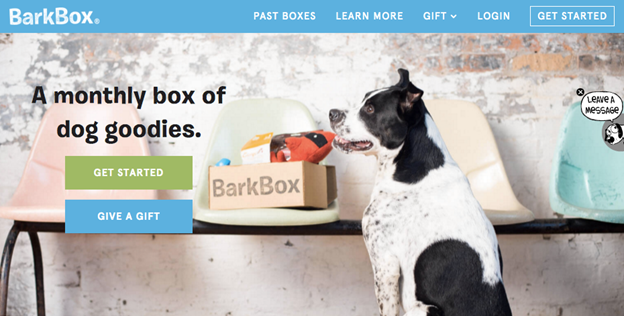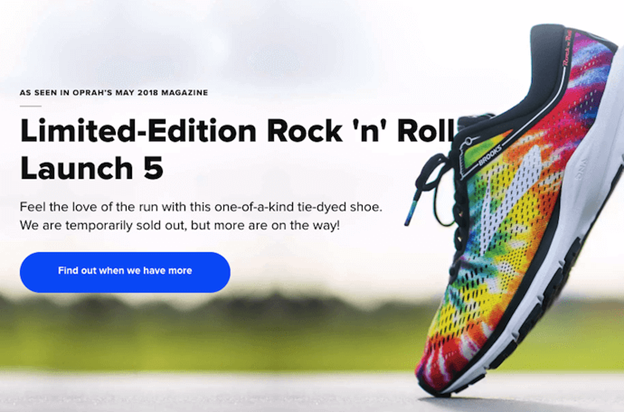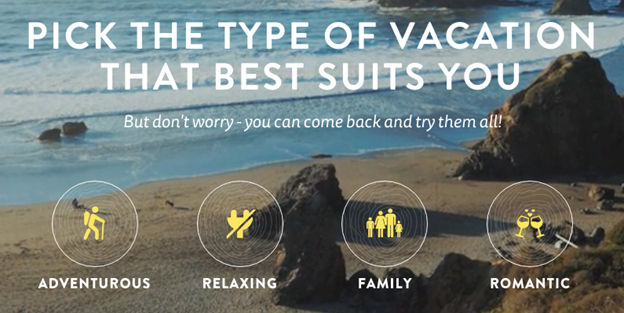
CALLS-TO-ACTION 101
How to create great CTAs that actually convert
Many factors play a role in determining the success or failure of your online presence, yet few are as significant as the one encapsulated in these three letters: CTA, which stands for Call-to-Action. We all encounter CTAs on the web all the time without even realizing it, but when you create a website it is imperative that you give CTAs your undivided attention.
In this post, we will clarify how CTAs work to ensure the high performance of any website, and especially business websites. We will then explore the key steps in creating powerful CTAs that bring real results, improve your website’s conversion rates and set you on the right path towards financial and professional growth.
What are CTAs?
Calls-to-Action are short phrases that prompt your online audience to take immediate action. In the context of a website, they are most often clickable texts, images or buttons that encourage site visitors to follow your site’s invitation and perform a certain act, like downloading files, purchasing products, subscribing to a service, signing up as members, contacting your staff, starting a trial, and more. Here are some examples:
Basically, CTAs tell your site visitors what it is that you want them to do. If the entire content of your site is doing the prep work for it, the role of the CTA is to entice visitors to take that final step and click to complete that action, to “seal the deal.” That’s how CTAs have a direct impact on your entire website’s success. Strong, persuasive CTAs get you higher sales, more followers, wider exposure and so forth.

Now to the fun part – learning the ropes of making CTAs that have real results.
How to ace your CTAs
Define your goals
The first step to perfecting your call-to-actions takes you to the very core of your online presence. You need to have a clear understanding of your goals. Let’s put it this way: Why are you setting up a website, to begin with? What are you hoping to achieve? The answer to this question would determine how you use CTAs.
Your goal and the action that you are calling for correspond to each other. If, for example, your site’s goal is to advance your life coaching service, the action you will be prompting would be scheduling an appointment, and the CTA might read something like: “Book Your First Session Here” or “Schedule a Free Consultation.”
In some cases, you might be interested in directing site visitors to do more than one thing. For instance, you want them to purchase one of your products and like your Facebook page. In this case, you will have more than one CTA on the site and you will need to prioritize them. You may choose to have one CTA more prominent on one page and the other on another page. You may also divide your site’s layout in a way that supports both CTAs without creating a competition between them.


